-
Posts
19,348 -
Joined
-
Last visited
Content Type
Profiles
Forums
Articles
Gallery
Downloads
Events
Posts posted by JHCC
-
-
5 minutes ago, Scott NC said:
where the good stuff goes, I don't know.
eBay, a lot of the time.
-
21 hours ago, Frosty said:
think sickle moon
"I shed many tears before the thin moon rose up, frail and faint as a sickle of straw."
-- Dorothy L. Sayers, The Nine Tailors
-
Get with the times, Frosty: everything is laser-cut nowadays.
-
-
And this just arrived in the mail: four different densities of “therapy putty” (basically industrial strength Silly Putty) which I’ll be trying out as a pitch replacement in my Repoussé on the Road kit.
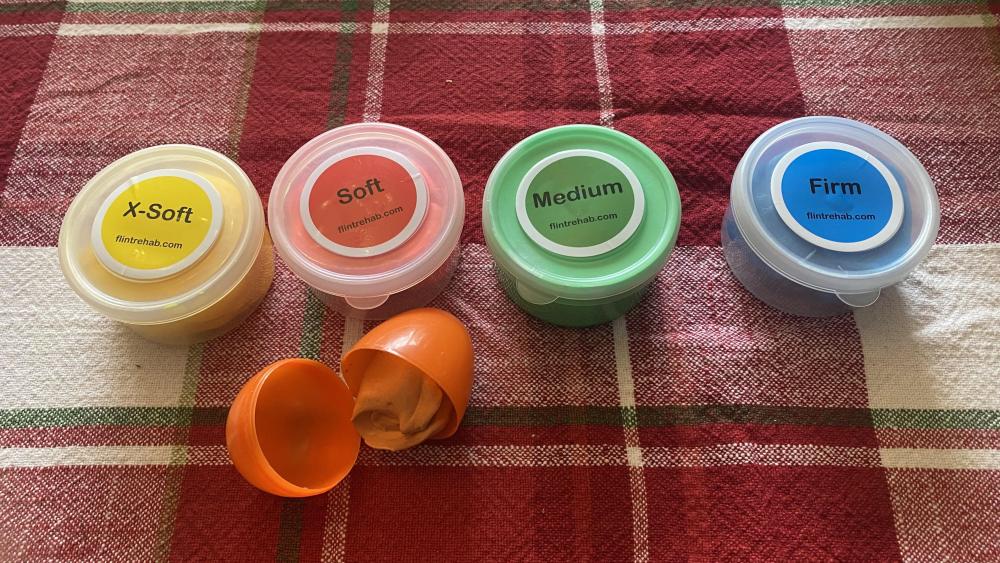
(The Soft is about the same density as the SP in the egg, which works okay but sometimes feels a bit too soft.)
-
-
That’s an interesting one, although it’s arguably more “fabrication” than “blacksmithing” per se.
-
It’s The Vintage Tool Shop in Fremont. Interestingly, the guy who runs it is also one of the suppliers for Colonial Homestead in Ohio, which I mentioned visiting in an earlier post.
-
The problem is that mugwort easily regrows from its roots, so cutting it back doesn't get rid of it. Instead of forging a sickle, you need to think about making some kind of weeding claw that will help you get the entire root system out of the ground, as it can easily regrow from a single rhizome.
-
Here are two good videos about scythe forging, the first from Torbjörn Åhman:
And the second from the Northmen channel:
-
-
-
For those who missed the update on “What did you do in the shop today?”, I ended up making an oversized screw extractor and twisting the die out with a pipe wrench:
In other news, a visit to a vintage tool shop in southern New Hampshire yielded a quartet of old hammers: two sinking and two chasing.
I paid a bit of “antique premium”, but not excessive. We actually went across the road to their house and up to the spare bedroom on the second floor to dig three of these out of a dresser drawer, and then closed the deal over the kitchen table. Nice folks.
-
He's got a couple of follow-up videos that I haven't watched yet.
-
13 hours ago, Frosty said:
probably saw more loaded gondolas
I thought Venice was in Florida, not North Carolina.
-
Cool idea, and very creative approach. My only qualm is that he’s not getting any mechanical advantage out of his linkage, but that’s a minor detail.
-
There’s a good thread on homemade chaser’s pitch HERE.
Here’s a tip I picked up on the Chasing and Repoussé Facebook group for a backing material that can be easily molded onto the non-working side of your piece, comes right off with needing to be heated, and actually has the intriguing non-Newtonian property of getting harder as it’s struck:
Silly Putty!
This is now an indispensable part of my “repoussé on the road” kit, since it can be applied, removed, repositioned, and reapplied at will and without needing a heat gun or a torch.
-
17 hours ago, George N. M. said:
Red, if it isn't too costly I'd say to get it. If nothing else, you can use it as trading stock with other blacksmiths.
Exactly this, with all the caveats posted above.
-
It's certainly possible, if the steel is wrapped tightly enough. Might be a combination of both.
-
Put in a couple of hours at the forge, at the opposite end of my range from the repoussé. Before I started to run out of propane, I got some forging done on the mounting brackets for the current railing project:
And made some progress on upsetting and shaping the top end of the 1-1/4” round shaft for the stake anvil project:
I also knocked out some long hook-ended stakes to help keep the patio swing from blowing over in the wind.
-
They made a mistake when he ordered AI. Instead of Artificial Intelligence, they gave him Aggravating Idiocy!
-
I learn a bit more each time!
-
-
A tip from the art restoration world: first, put a few drops of your chosen soap/detergent in a little water and stir to combine. Then dip the bulb of a cotton swab in the liquid, press it against the side of the container to squeeze out the excess liquid, and then clean a small area about the size of the pad of your thumb. Look at the swab to see how much dirt is coming off and repeat as needed. Make sure to blot off any excess water and wipe each area dry before moving to the next. Continue this process until you’ve cleaned everything that needs cleaning.
I would *not* recommend penetrating oil for initial cleaning, as it can sometimes stain leather and it’s impossible to get out.
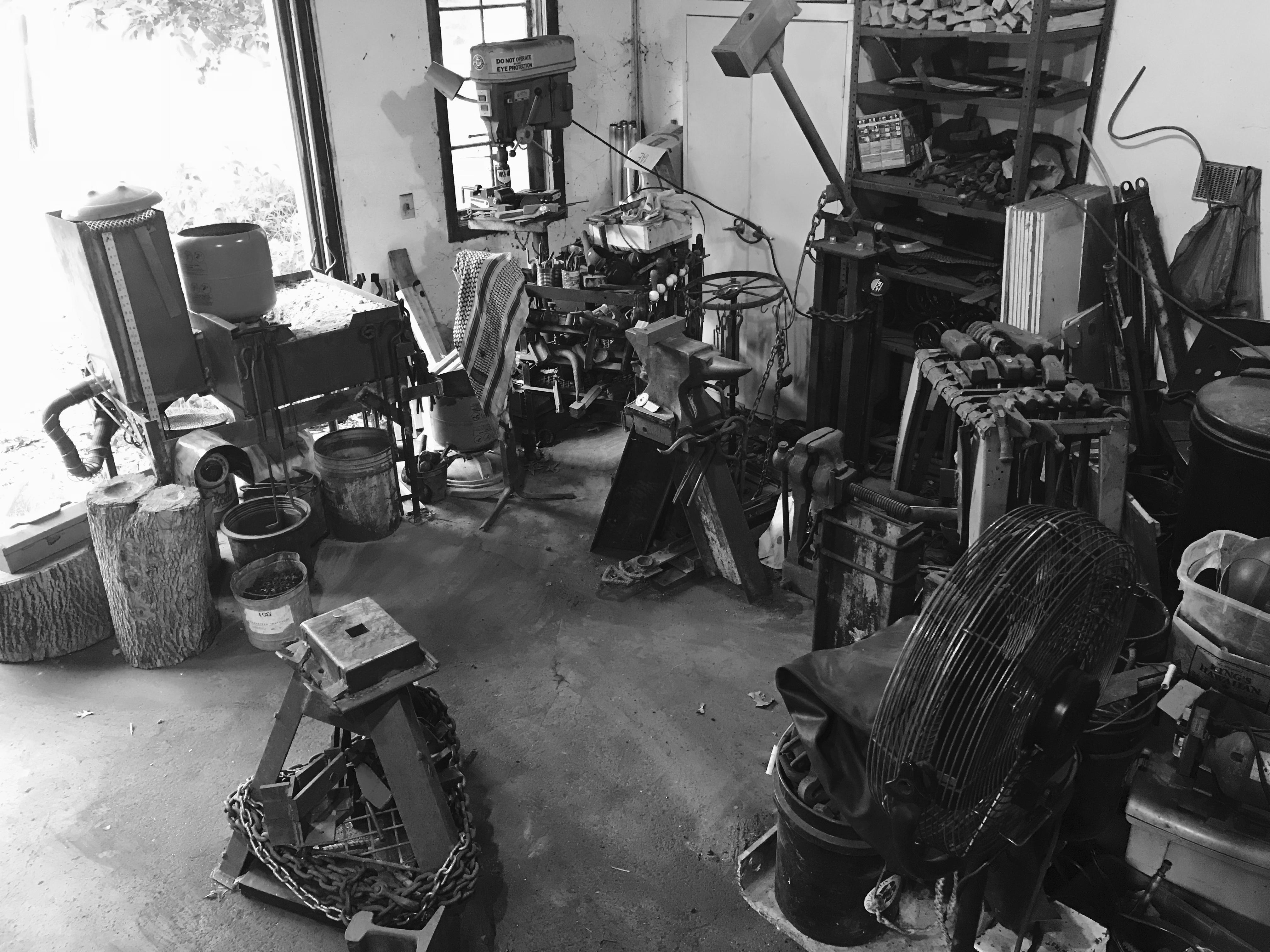

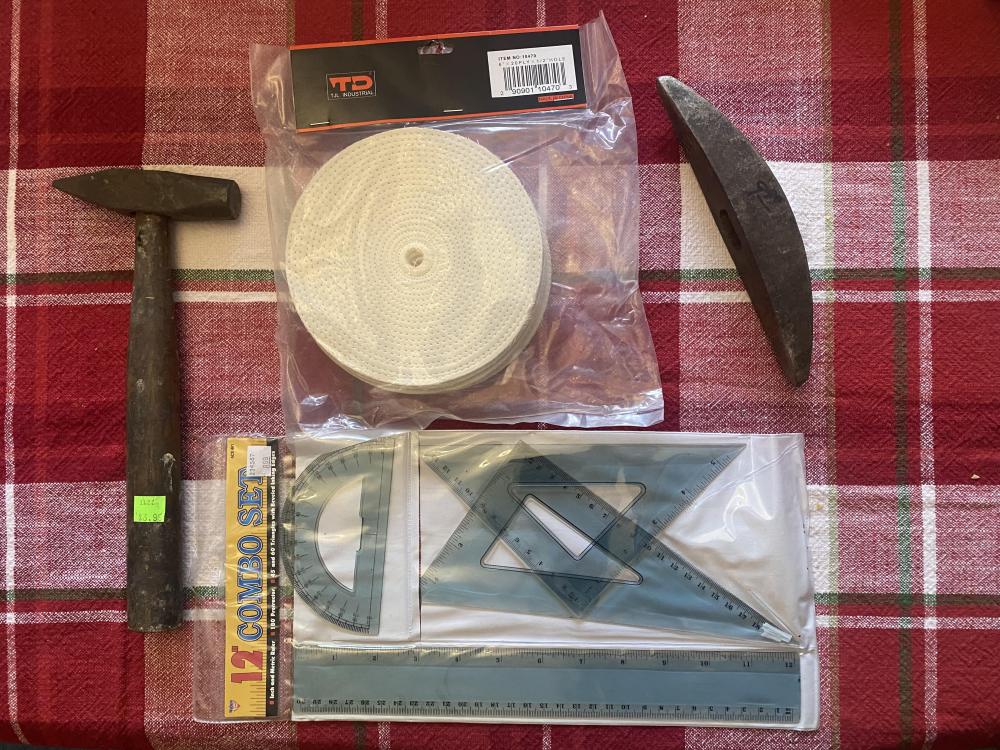

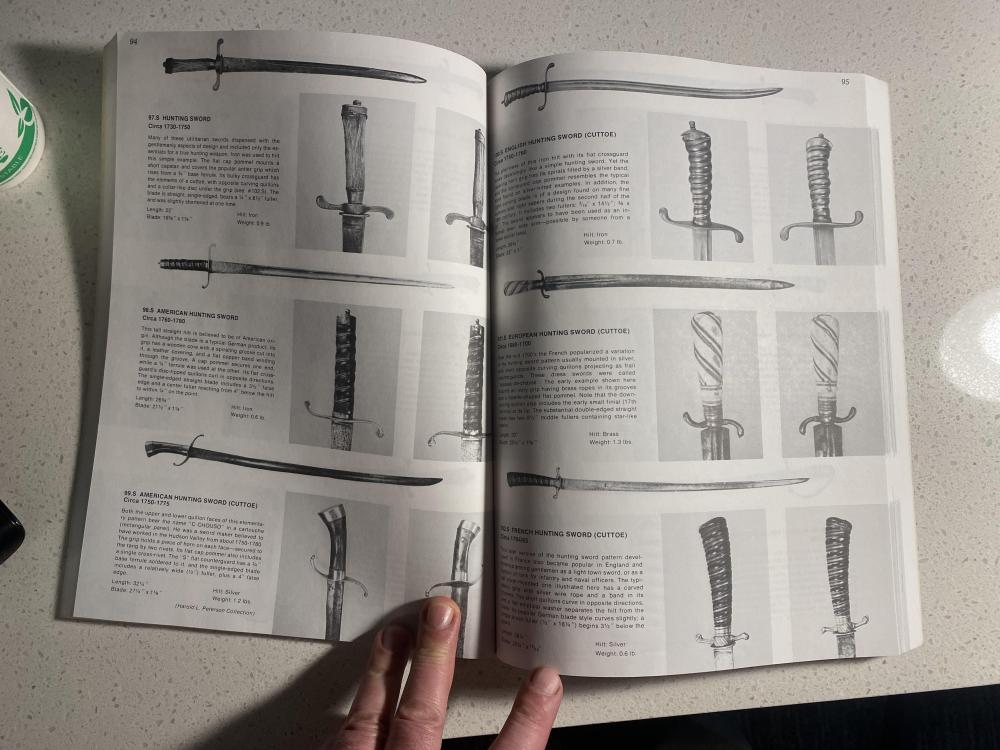
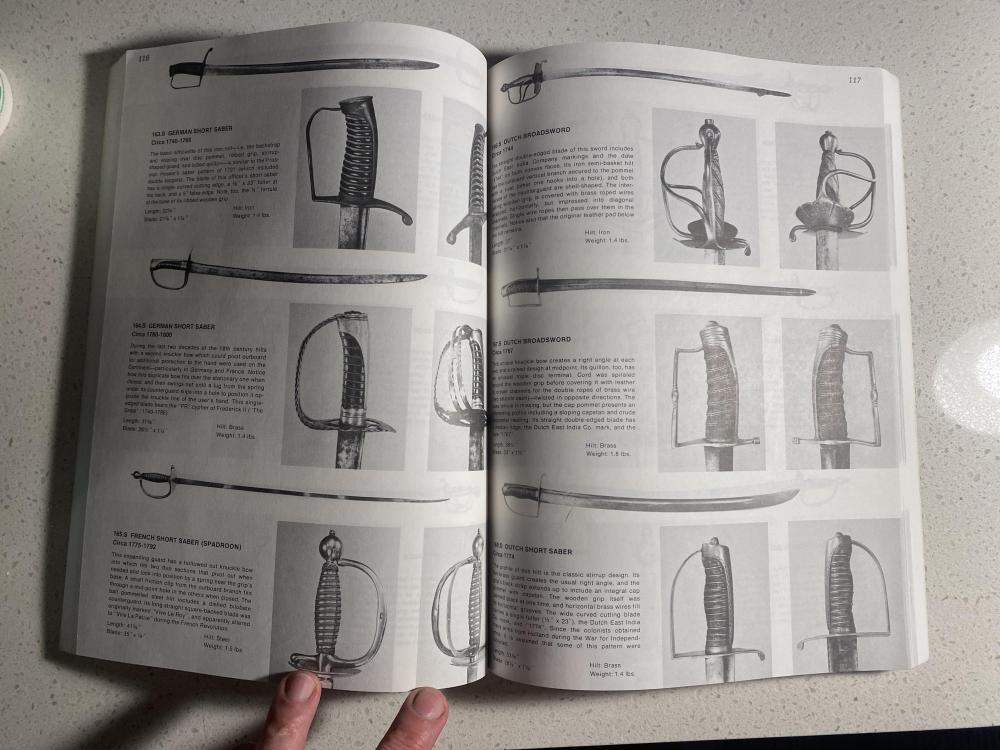
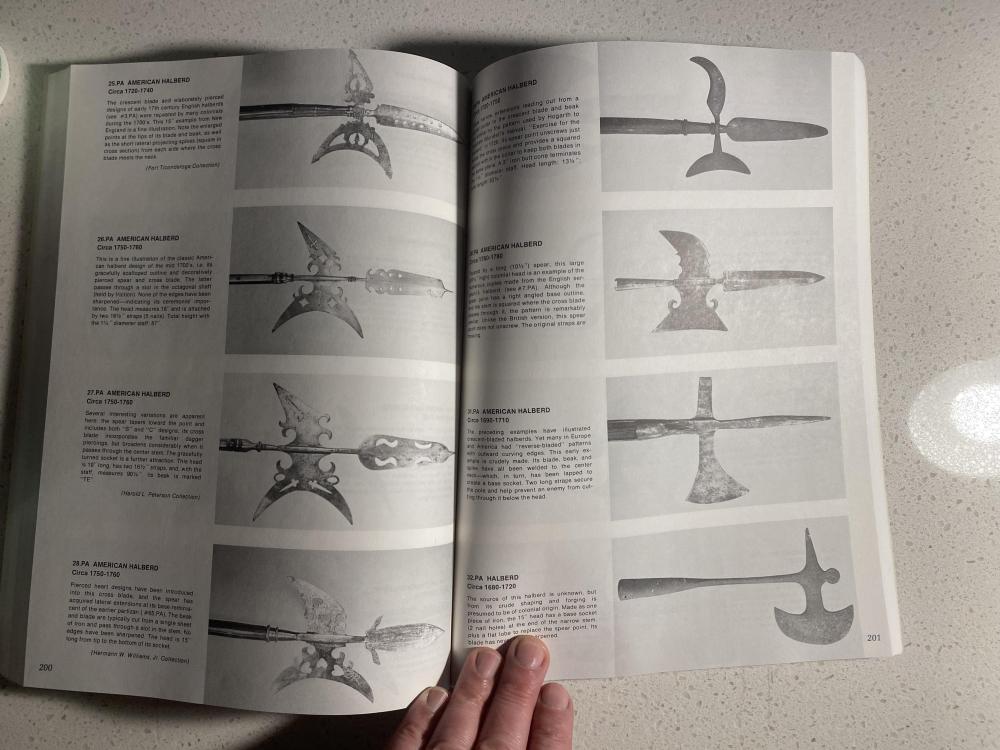
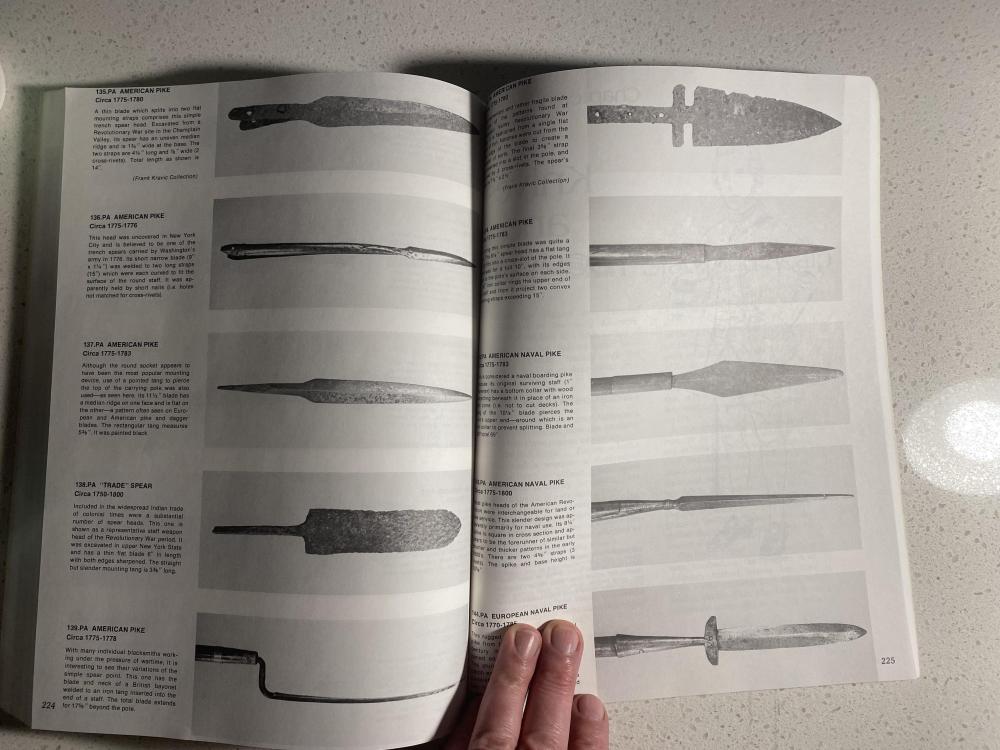
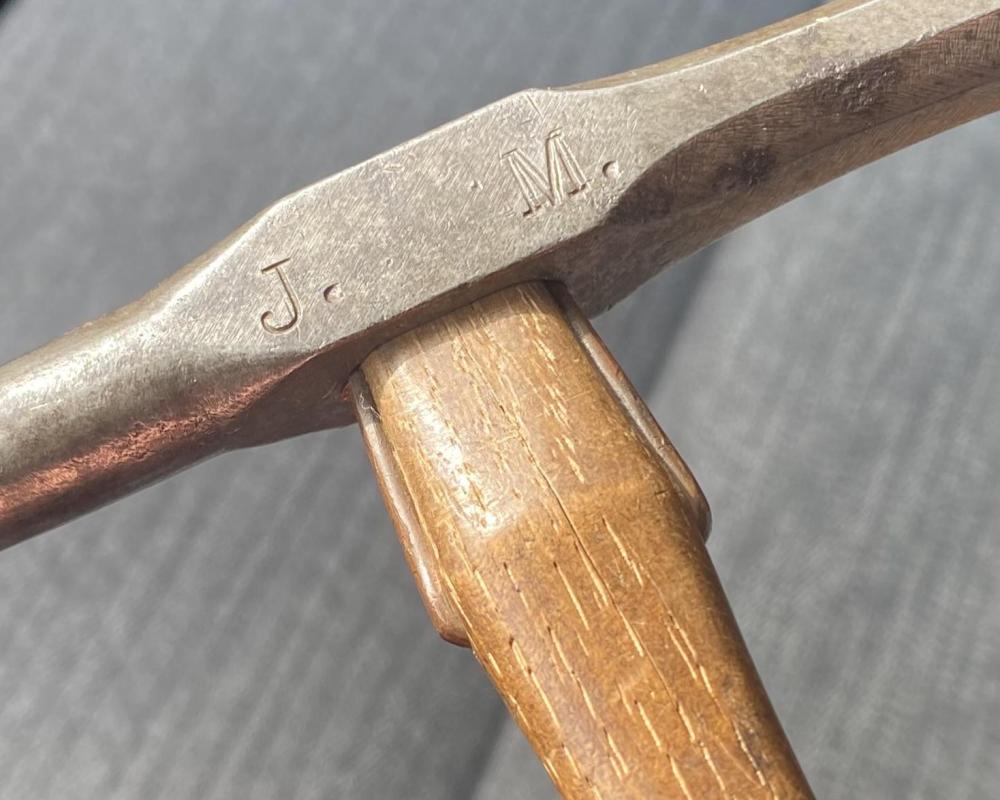
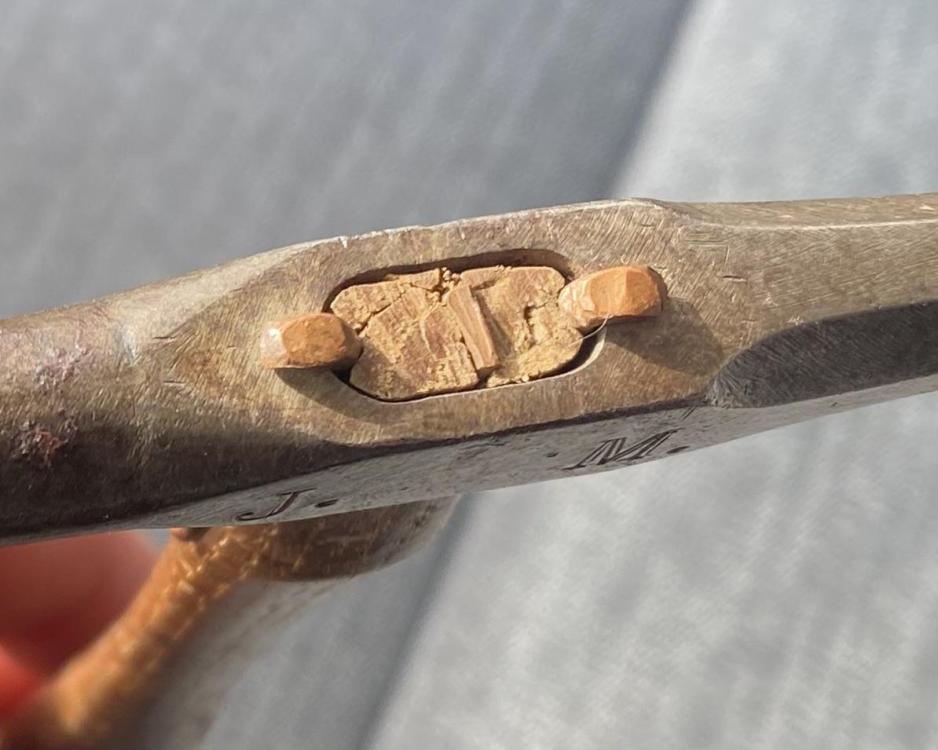
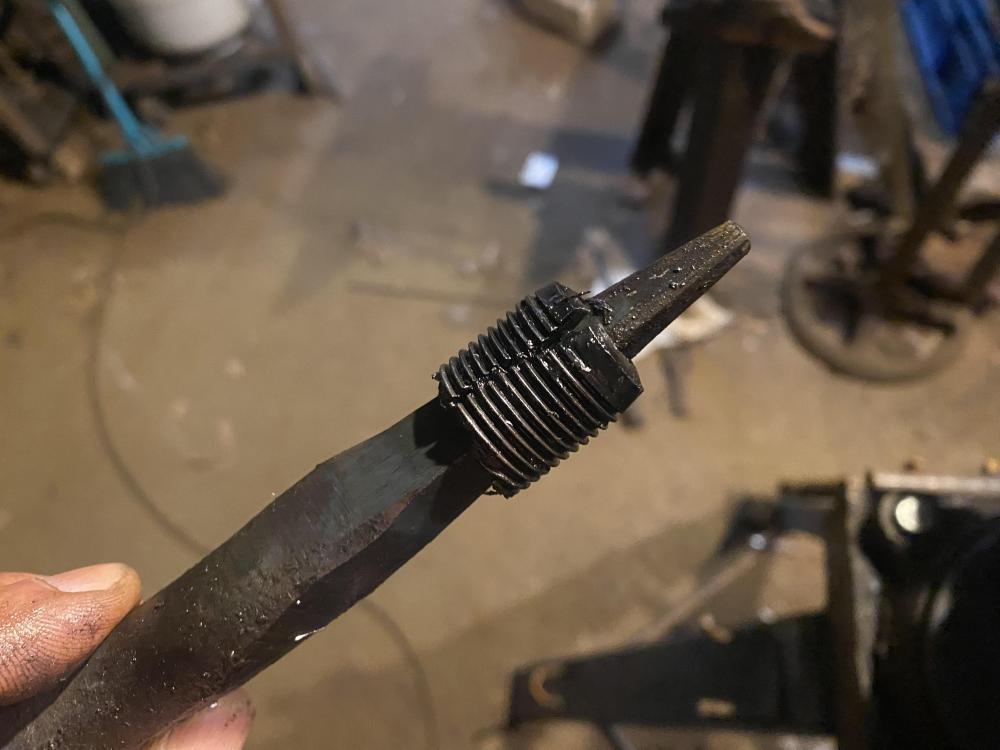
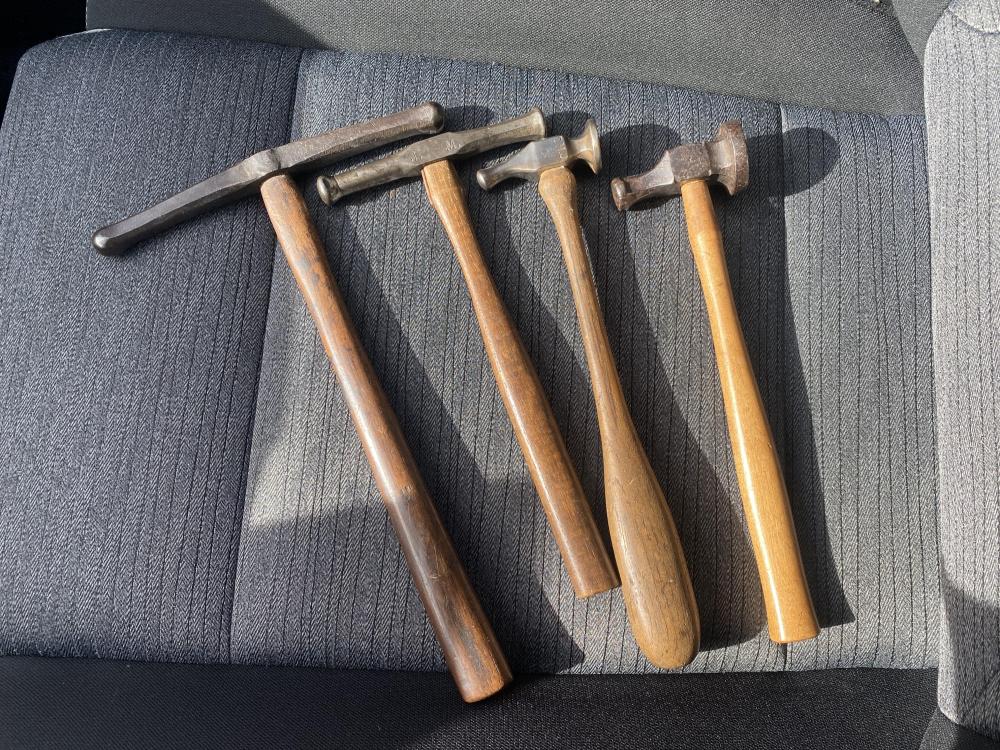
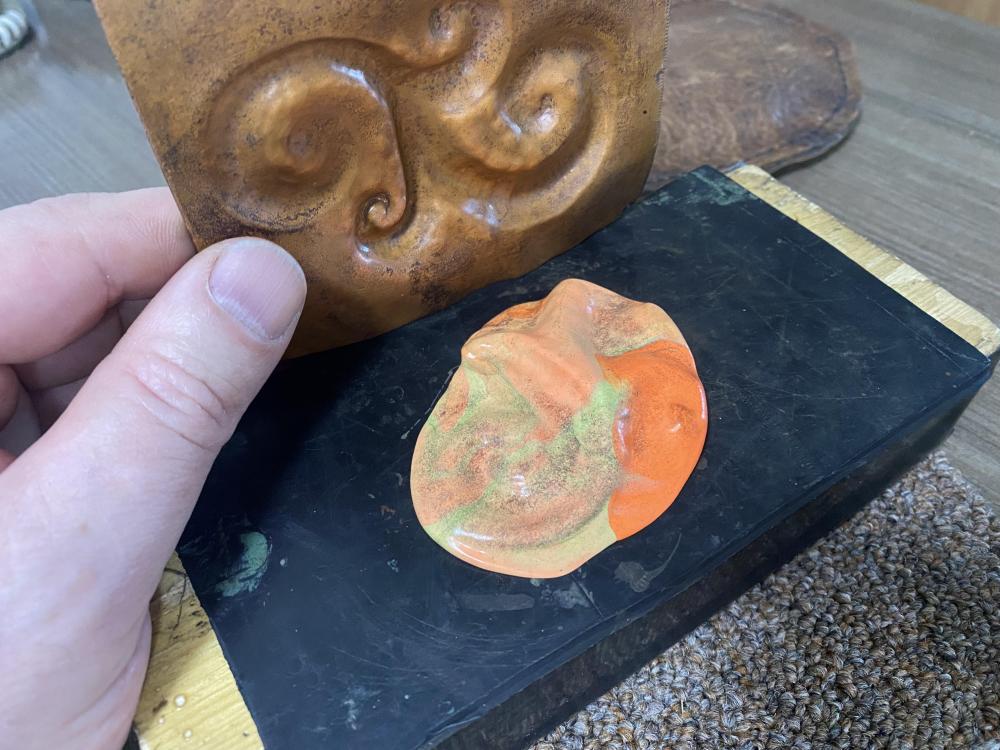
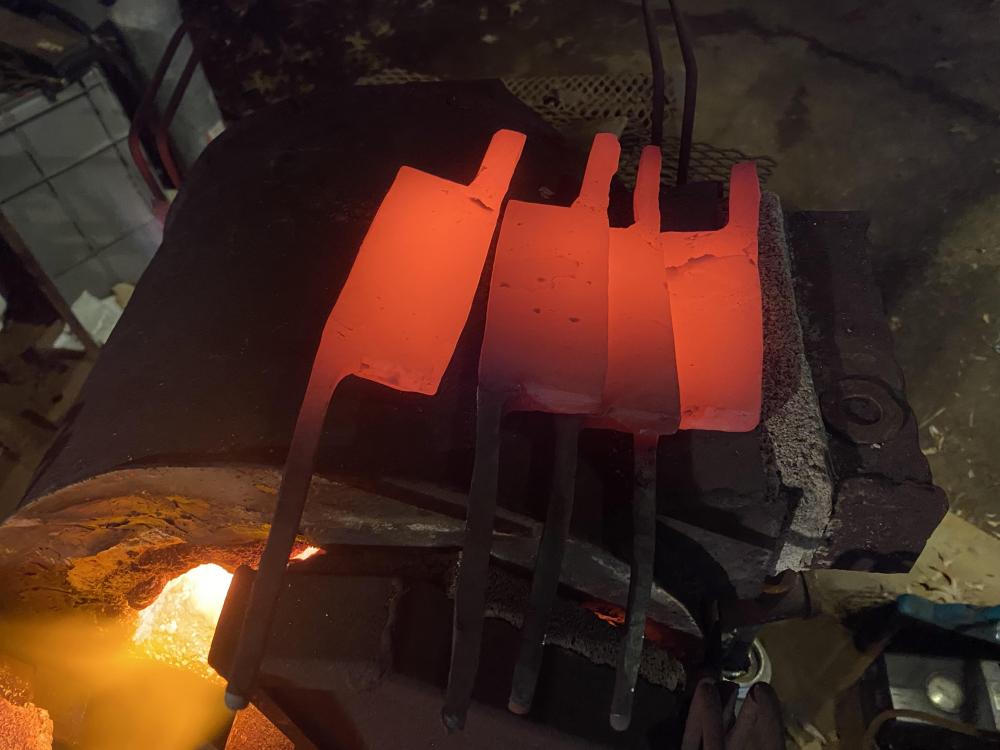
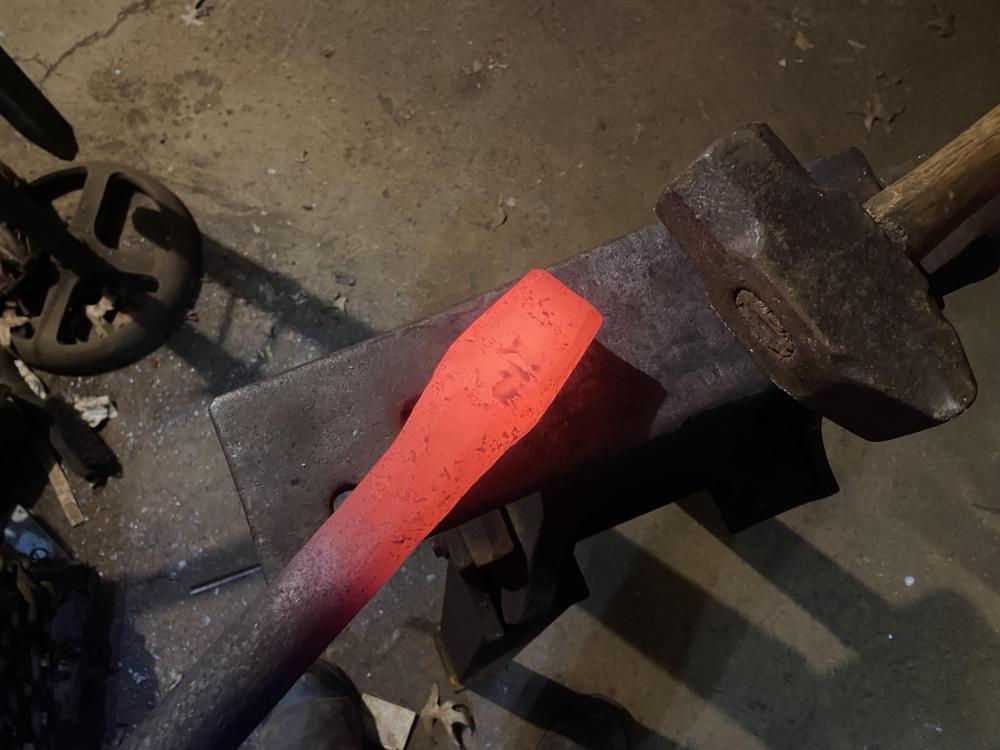
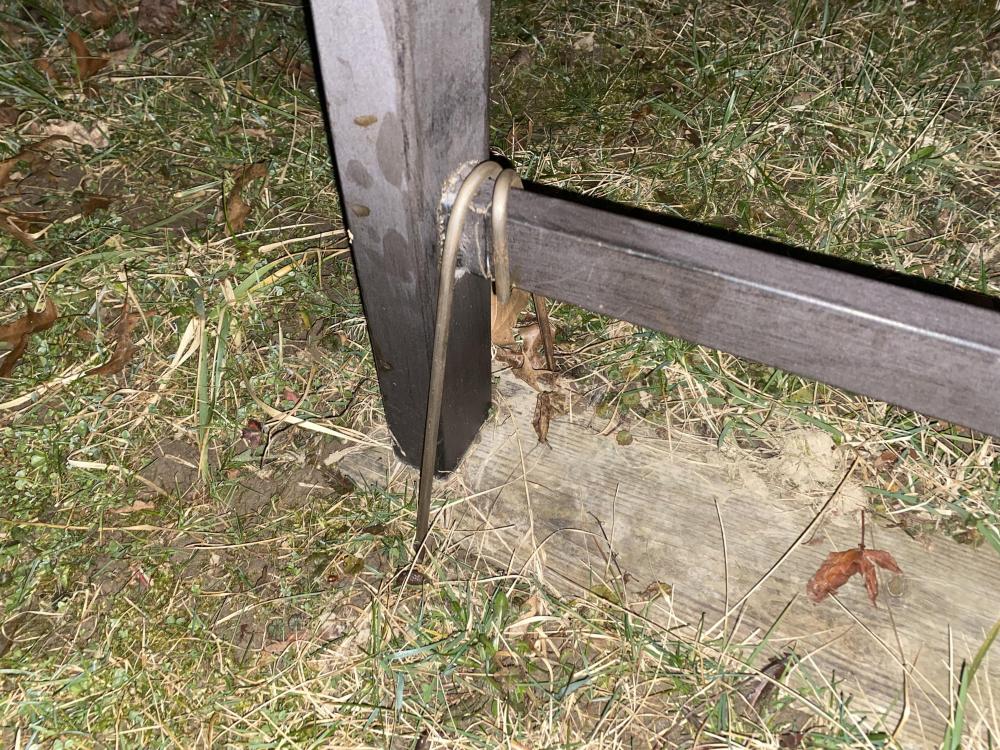
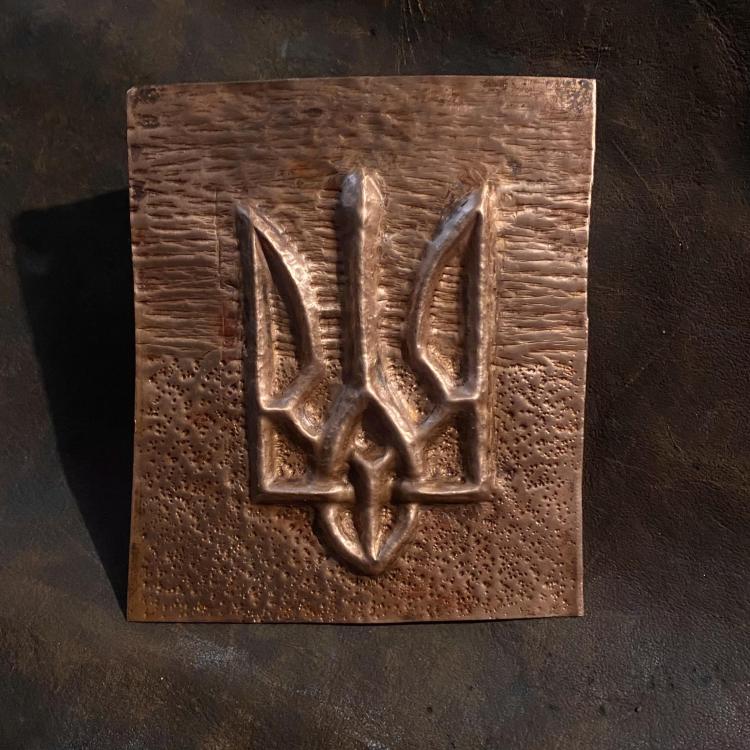
Mr. Moto
in Metal Sculpture & Carvings
Posted
The books were better. In particular, "The Mysterious Island" has an extensive description of the castaways smelting iron from ore they find on the island and then forging progressively more sophisticated tools.